As one of the finest time-travel genre series, Erased perfectly captures suspense and mystery. Written by Kei Sanbe, it stands as one of the most underappreciated anime in terms of its elements.
From tragedy to loss, the series perfectly encapsulates these elements through the events. The high-rated series sets itself apart in terms of its nostalgia and stellar visuals. This, however, was far from the mangaka’s original plan.
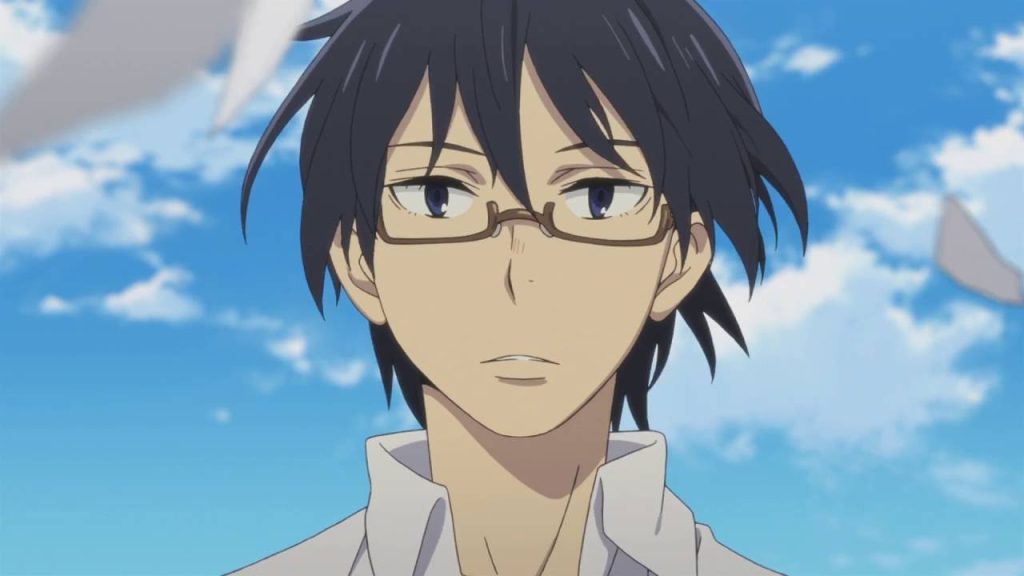 Satoru Fujinuma | Credit: A-1 Pictures
Satoru Fujinuma | Credit: A-1 PicturesFrom conception to development, Sanbe revealed the drastic changes that the story underwent. And while change is an integral part of serialization, it was divorced from the author’s set plans.
Interestingly, the series brings out the vivacity and nostalgia of a lost time. Through landscape and memory, both Sanbe and Ito replicated the good old 80s through this time-loop series.
Kei Sanbe’s original plan for the time-travel thriller
Kei Sanbe is a prolific mangaka whose career spans over two decades. Be it mystery, action, thriller, or supernatural, the mangaka has authored a diverse range of manga. Some of his notable works include Testarotho, Kamiyadori, and Hohzuki Island.
Before his breakthrough as a mangaka, Sanbe worked with Hirohiko Araki as his assistant. After working for almost eight years, the mangaka published his first manga in 2000. Following a series of setbacks, Sanbe achieved his break with Erased in 2012.
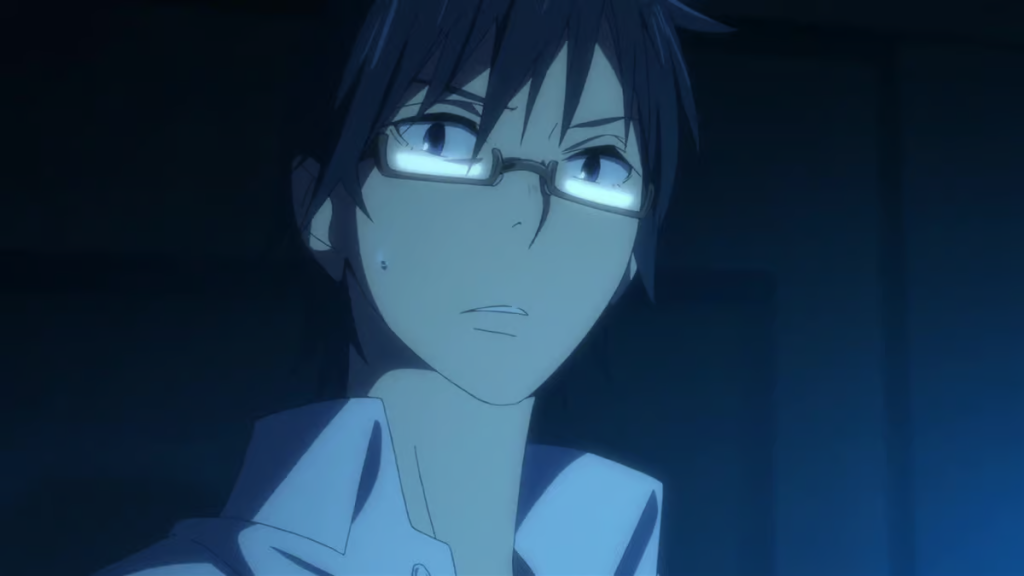 Satoru Fujinuma | Credit: A-1 Pictures
Satoru Fujinuma | Credit: A-1 PicturesThe series follows Satoru Fujinuma’s pursuits in seeking justice for his mother and his classmates. His ability of “revival” allows him to travel back in time to uncover the truth regarding murders. The time loop anime takes us back to the good old 80s.
The series is set in 2006 when a 29-year-old Fujinuma witnesses his mother’s murder. He travels eighteen years back in time to prevent his mother’s killing along with his classmates’ kidnapping. While the series unpacks suspense and mystery, it is far from its original conception.
In an interview, Sanbe opened up about his concept of creating a hook for the readers. He quoted:
On my part, I was always thinking about how I could create that ‘pull’, that key to what makes a suspense story work. As I progressed, there were things that changed from what I’d originally planned, but I think it pretty much went according to what I was aiming for (laughs).
While the go-with-the-flow approach may seem too non-serious for the most part, it helps both mangaka and animators to flesh out characters. Moreover, it left no stone unturned in rendering the nostalgia through the essence of a time loop.
Landscape, memory, and nostalgia in Erased
To say Erased is a masterpiece would be an understatement considering the depth and profundity it holds. From the portrayal of friendships and relationships to loss and tragedy, it is a complete banger. Its riveting plot encompasses complexities in more ways than one.
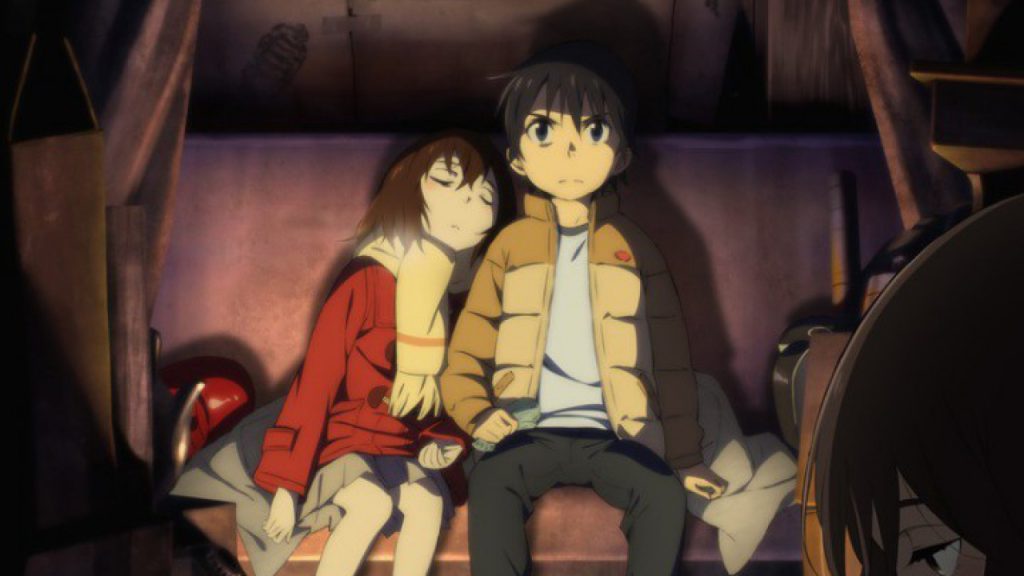 Satoru Fujinuma and Kayo Hinazuki | Credit: A-1 Pictures
Satoru Fujinuma and Kayo Hinazuki | Credit: A-1 Pictures While its ending remains disputed, for the most part, it peaked in terms of its nostalgia. Be it buildings or landscapes, the scenes are filled with memories of a distant past. Regarding the nostalgic element, Sanbe said:
I was like “That’s it!” with regards to all the buildings. They’re exactly as I remember. In fact, the places that anime staff visited when they went scouting were pretty much the same places I’d been to myself, when I was researching the city for the manga. When I was a kid, I often hung out near the area where Hinazuki’s house was.
From parties to picnics, the series is imbued with childhood memories. This renders familiarity in every way.
Apart from suspense and mystery, the landscape played a major role in setting the stage for events. The buildings, objects, and events altogether make the series a wholesome event. Unsurprisingly, the series tugs at the viewer’s heartstrings to this date.
Erased is available for streaming on Crunchyroll.
.png)
 1 week ago
12
1 week ago
12

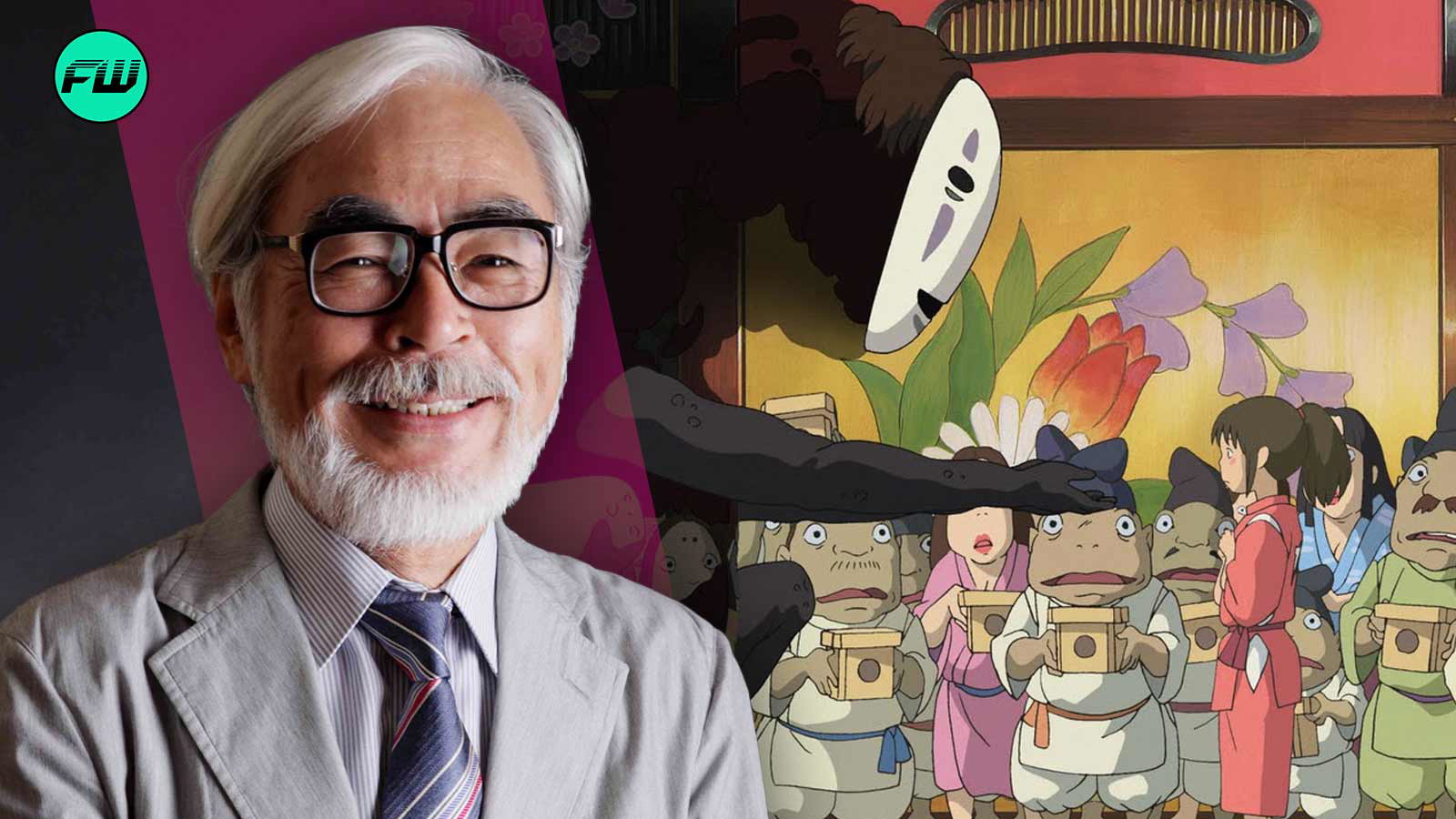







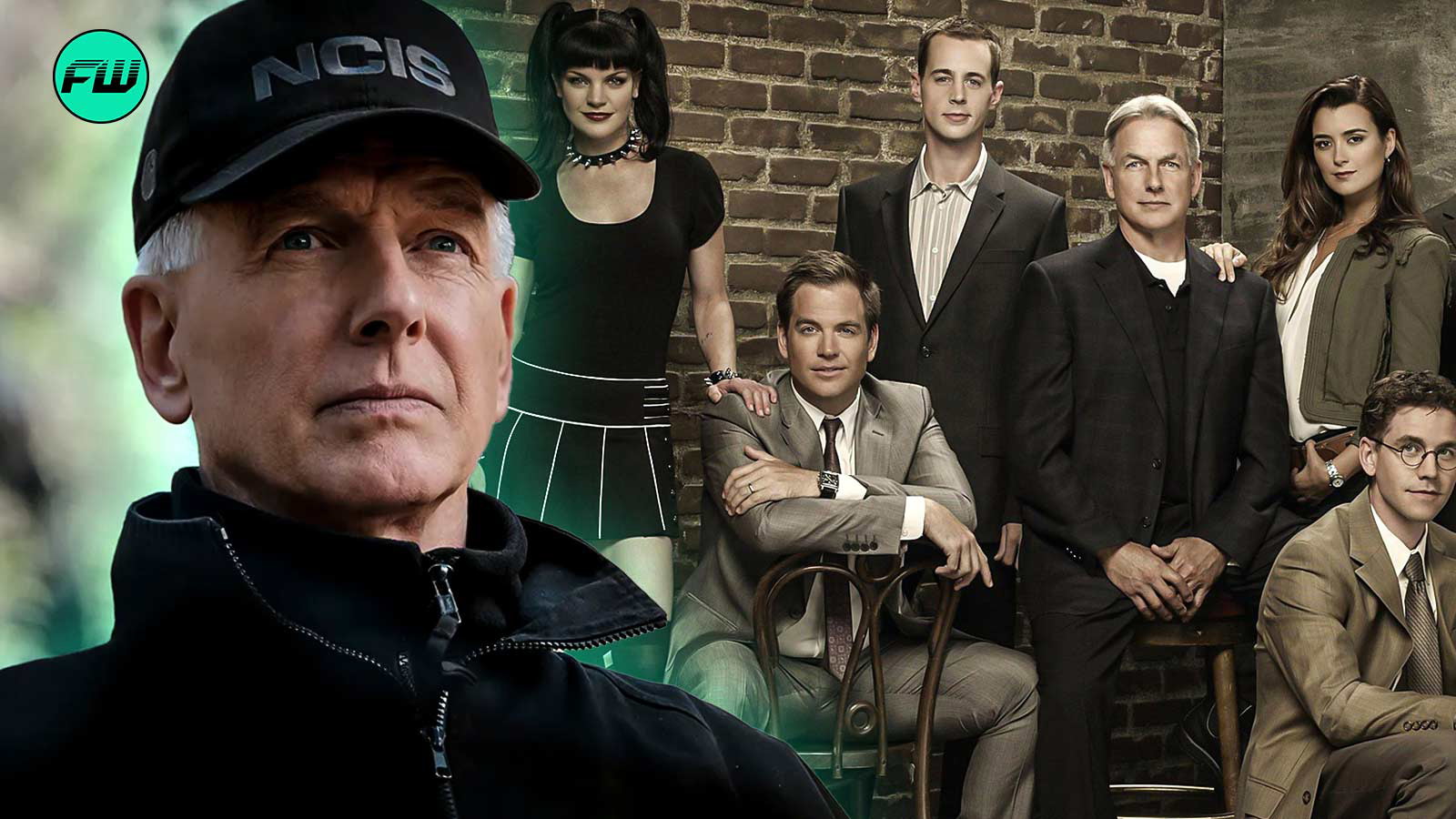























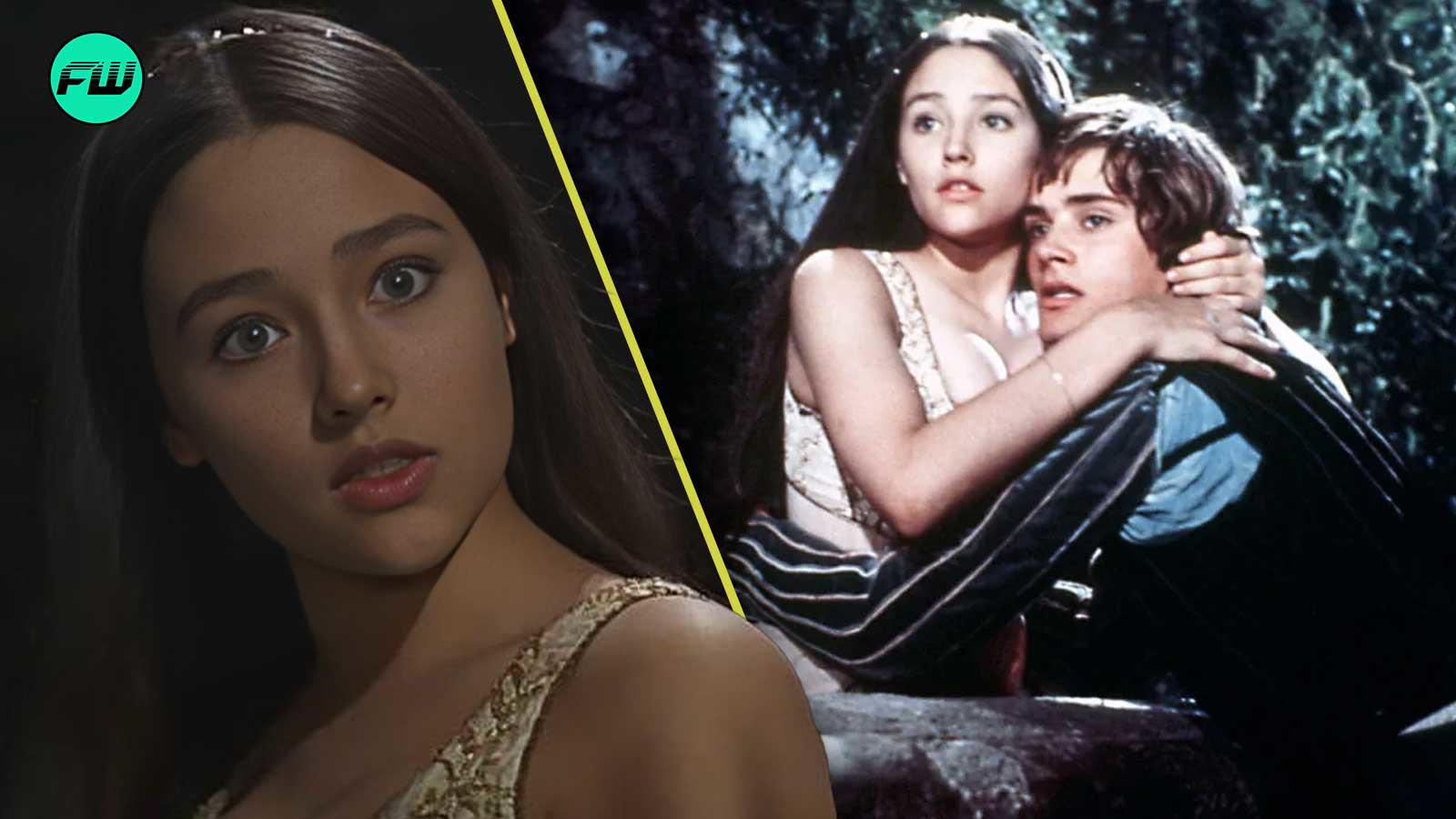
 Bengali (BD) ·
Bengali (BD) ·  English (US) ·
English (US) ·